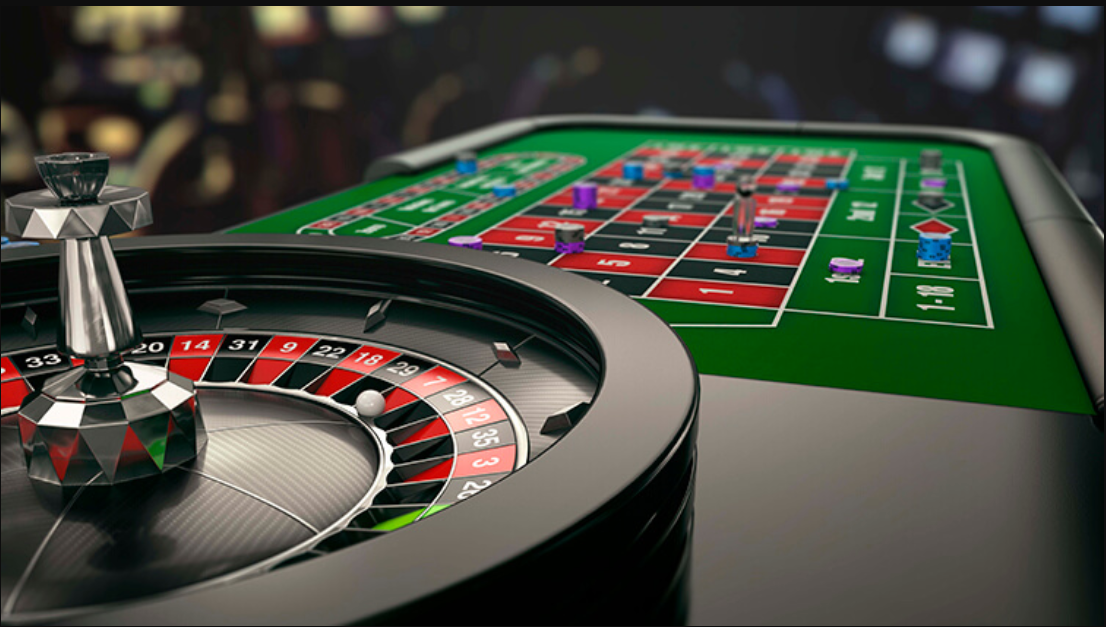
Within the vibrant and stimulating world of gaming establishments, wherein luck and strategy intertwine, color and design play a key role in attracting players. From the moment visitors step inside a casino or log into a gaming platform, they are enveloped in a sightly feast that grabs their attention and entices them to explore further. Ga179 Vivid colors, captivating graphics, and creative layouts are carefully crafted to create an environment of thrill and anticipation, ultimately improving the gaming experience.
As players move through the ever-changing landscape of casino games, they encounter a range of designs that not only serve visual purposes but also influence emotions and choices. Colors like red and yellow symbolize riches and fortune, while calm navy and greens can create a much relaxed environment. Grasping how these elements function together enables casinos to create an inviting and energizing atmosphere that encourages players to engage with the games, invest more time at the tables, and increase their overall enjoyment.
The Science of Tint in Gambling Games
Hue plays a crucial role in the design of casino games, shaping players’ feelings and responses. Bright and bold shades, such as scarlet and gold, are often used to incite excitement and capture attention. These hues create a sense urgency and vitality, encouraging gamblers to participate more readily with the activity. By intentionally selecting colors, designers aim to inspire emotions of pleasure and expectation, which can enhance the total player experience.
Various shades also have psychological associations that can impact how participants perceive their odds of success. For example, emerald is frequently associated with luck and prosperity, making it a frequent choice in activities like the roulette wheel and poker games. This link can result gamblers to feel more hopeful and confident in their gameplay, ultimately encouraging them to stake more. Understanding these connections allows game creators to create environments that enhance player enjoyment and engagement.
Moreover, the layout of gambling game interfaces often uses gradients and contrasting hues to guide players’ responses. For case, successful outcomes may be emphasized with vivid, opposing colors, creating a visual cue. This technique strengthens positive outcomes and supports repeated engagement. By leveraging color psychology, gambling establishments can design games that not only draw participants but also hold them engaged and committed in their play experience.
Creative Elements that Attract Players
The visual appeal of casino games is largely influenced by the use of vibrant colors. Lively and striking colors are deliberately chosen to create an inviting atmosphere that captures attention. For example, reds and golds often signify luck and prosperity, which is why they are common in the color schemes of slot machines and game surfaces. These colors not only attract players in, but they also evoke emotions related to excitement and expectation, enhancing the total gaming experience.
In parallel to color, the design and layout of casino games play a crucial role in player attraction. Games are designed to be user-friendly, ensuring that players can easily understand the guidelines and mechanics. User-friendly interfaces, along with captivating graphics and animations, help maintain player interest and promote extended play sessions. The tactile elements, such as the texture of the controls and the sounds of the games, also add to a holistic sensory experience that keeps players engaged.
In conclusion, conceptual elements in game design can significantly influence gaming decisions. Many gambling games are inspired by popular culture, fairy tales, or exploration motifs, featuring symbols and characters that connect with players. These themes create a sense of engagement and relatability, making each game feel distinct. When players feel a connection to the theme, they are more likely to choose that game over others, leading to increased participation and excitement within the casino environment.
Case Studies: Successful Gambling Table Game Designs
One noteworthy example of impressive gambling game design is the acclaimed slot machine series based around blockbuster movies. Games such as those based on the Wizard of Oz and Game of Thrones utilize bright colors and high-quality graphics to immerse players in recognizable narratives. The application of lively visuals and entertaining sound effects captures the interest of players, building an affective connection to the theme. This approach merely promotes longer play but also boosts the overall gaming experience, leading to increased player retention.
Another notable case is the application of color in table games like blackjack and the wheel. Casinos often design these games with dark reds and greens, colors traditionally connected with luck and wealth. For instance, the emerald felt on a 21 table provides a relaxing effect, while the crimson accents in roulette invite thrill. This deliberate use of color helps to establish an inviting atmosphere that motivates players to engage, addressing their psychological impulses and boosting their enjoyment.
Finally, online casino games that include social features and vivid, colorful designs have achieved remarkable success in engaging players. Games like Zynga’s Poker and Slot-O-Mania leverage vivid colors and playful animations to establish an inviting online environment. The integration of leaderboards, community sharing options, and in-app rewards encourages competition and community, attracting players in for longer sessions. Such designs not only make the games visually enticing but also emphasize community engagement, a crucial factor in player retention and engagement within online casino environments.
